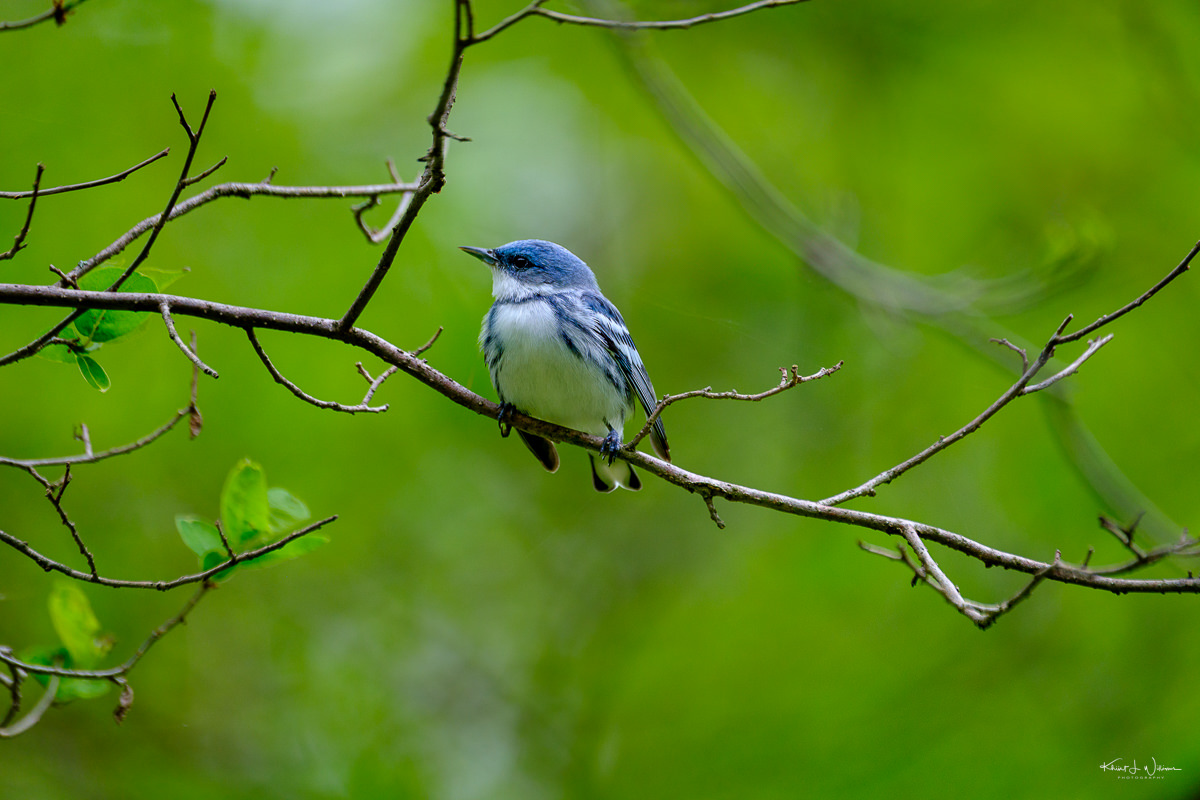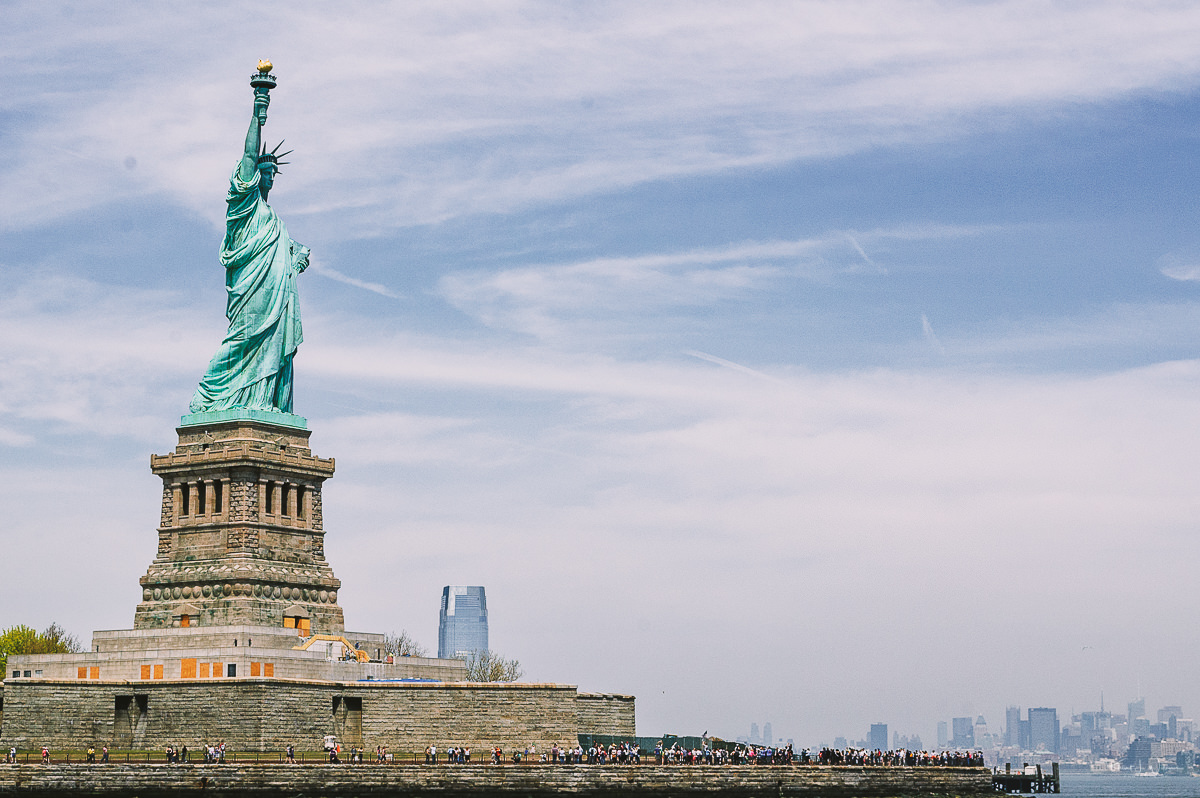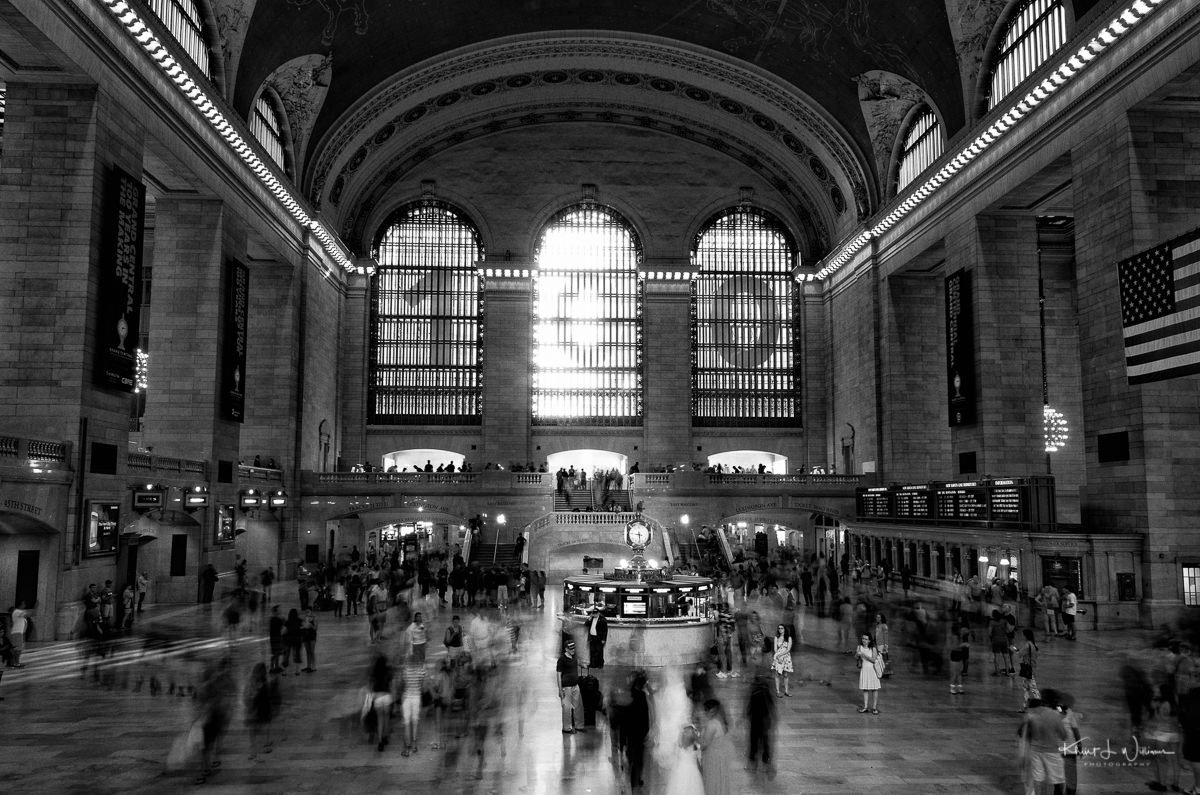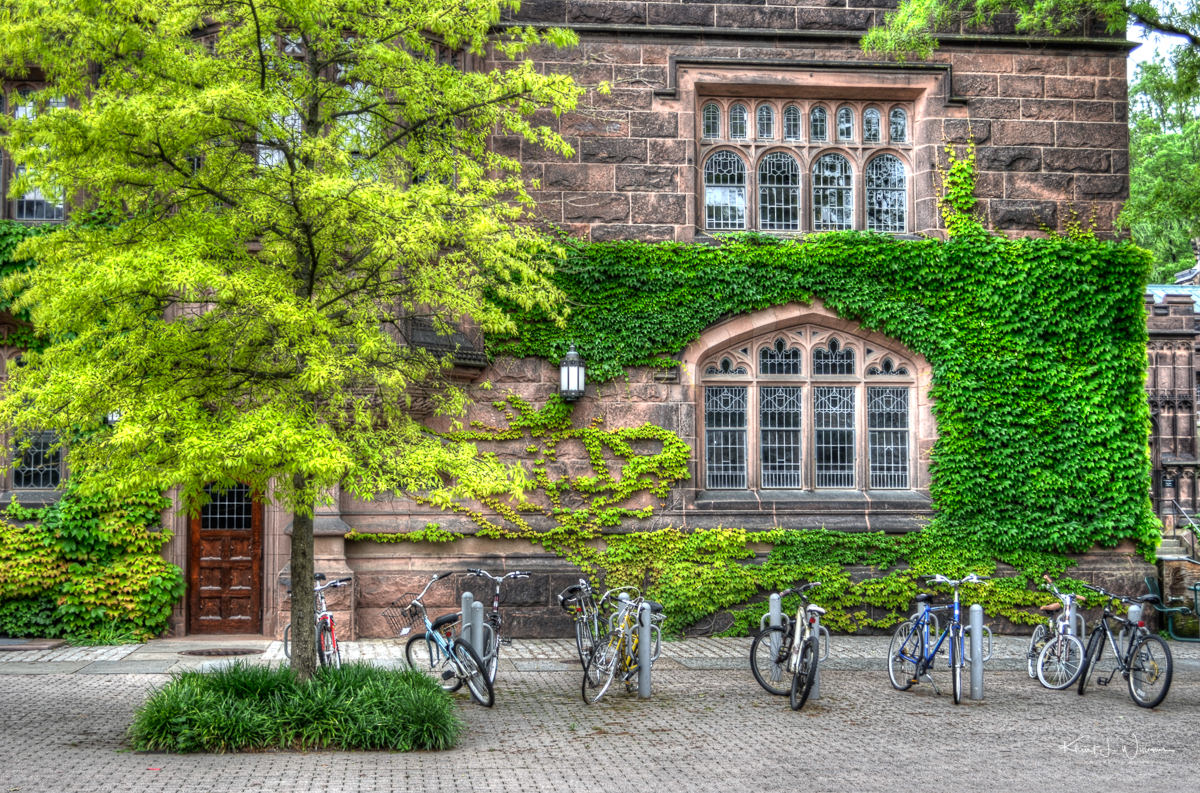John Steiner is a "retired educator with interests in photography, aviation, technology, hiking and travelling." While I am not a retired educator and I don’t travel as often as I want to, I also have interests in photography,aviation and hiking. For this week’s Lens Artists Challenge, John has asked us to showcase some of our photographs "Before and After" they were post-processed.
For today’s challenge, please feature three or four images in your gallery that you tweaked for whatever reason as well as the original image straight out of the camera. The edits don’t have to be massive, maybe just cropping to remove unwanted items or reformatting the image size. Or perhaps you made significant edits to create what I like to call an altered reality where you removed or replaced components in the image, changed the color or tone, or otherwise created an entirely different look to the image.John Steiner
I had been to Ellis Island, twice, once with Shaan and once more with Kiran, chaperoning her 5th Grade class on a school trip in 2012. I was a "class Dad", a rare honour! We both learned a lot about early immigrants to the USA. It was not a pleasant experience for most immigrants. The experience was quite the opposite of the popular understanding of the inscription on the Statue of Liberty, part of a poem "The New Colossus" written in 1883 by Emma Lazarus to raise funds for the statue. The short version is.
Give me your tired, your poor,
Your huddled masses yearning to breathe free,
The wretched refuse of your teeming shore.
Send these, the homeless, tempest-tost to me,
I lift my lamp beside the golden door!
The poem was written a year after the passage of the first Chinese Exclusion Act, which banned Chinese laborers from legally immigrating to the United States. In 1882 the Immigration Act was passed, which the Associated Press explains "required new arrivals to show they had the means to survive in what then was a nation without safety nets, a rule that has remained on the books ever since."
The poem is really meant for the disease free immigrant who had money for the boat ride, and and education and useable skills; those who would not become a burden on American society. The rest were either sent back or jump overboard and swam for the New Jersey shore. Some made, many did not.
Bhavna had never visited Ellis Island so in August of that same year I took a day off from work and planned the trip. The day started with rain but we hoped the weather in Jersey City would be better. But it rained the entire boat ride from Liberty State Park. Our tour included a stop at Liberty Island, but the heavy rain kept us on the boat.
On the boat ride back to Liberty State Park I looked back at the Statue Of Liberty. It was raining but the clouds parted just enough to let through a sliver of light. I fired off a few shots. The original shot is quite drab.
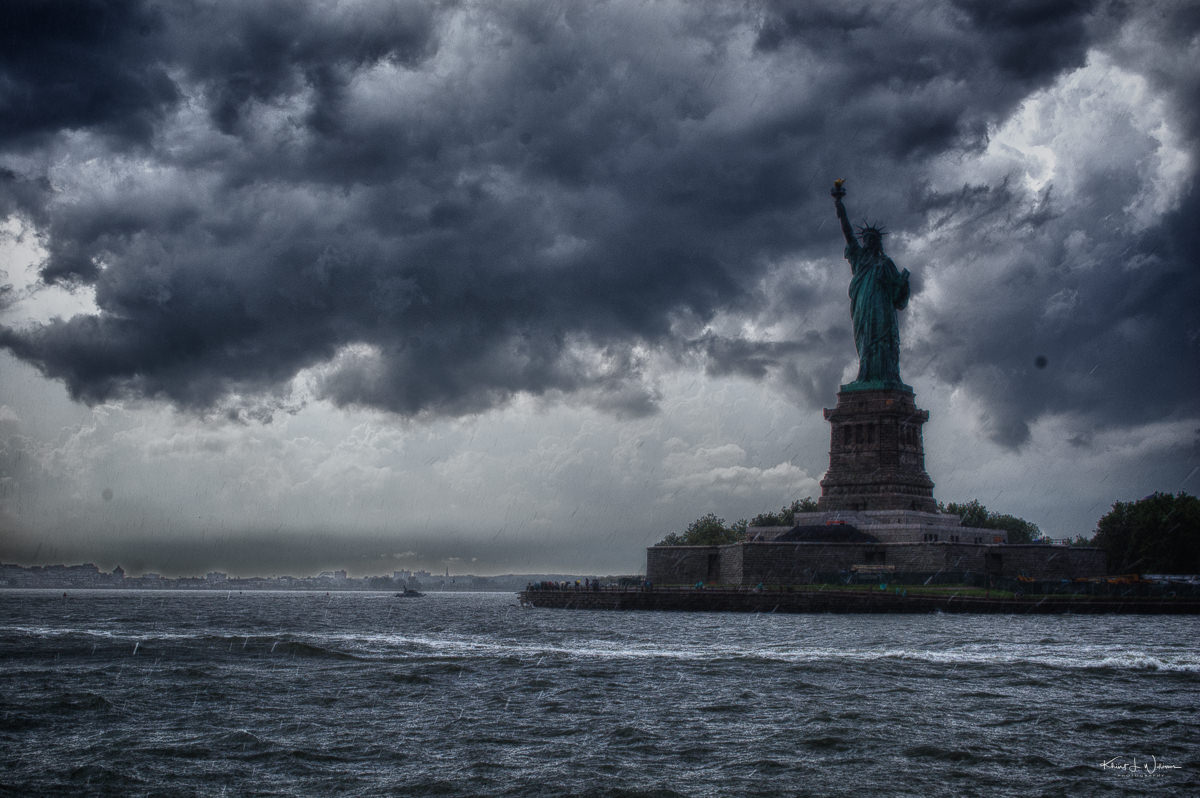
I imagined what it may have been for immigrants arriving in New Jersey from Europe after spending months at sea, crowded inside the cargo area or cabin of a ship. I wanted the image to have more drama and impact. I worked the sliders in Adobe Lightroom, focusing on the details of the falling rain. I created two virtual copies, adjusting the exposure +1 and -1 merging the three copies into a "fake" HDR image and changing the white balance to add more warmth to the image before a final crop.
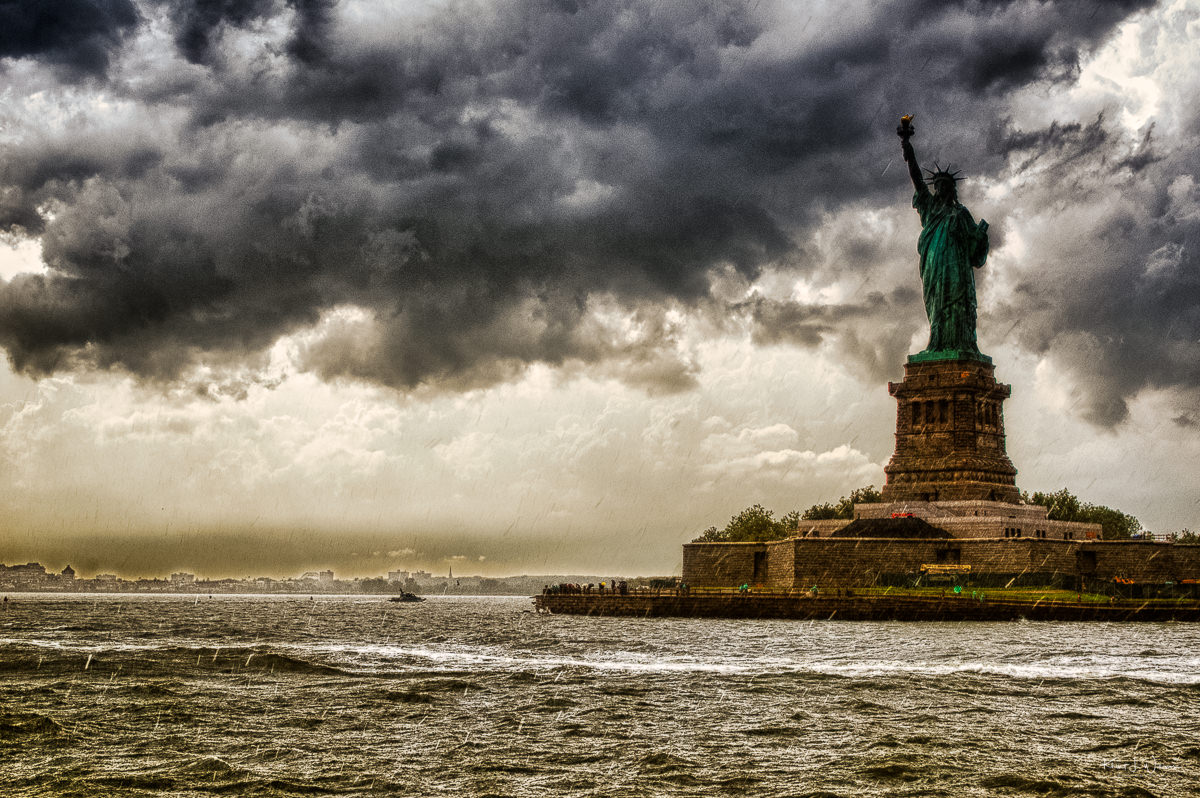
The snow had been falling for about 30 minutes and I could see it was the kind of snow that would stick around for awhile. Salisbury Road had not yet seen a snow plough. An email from my employer that morning let staff know that the company would have a delayed opening. Oddly, despite the amount of snow that was falling the Montgomery Township School District didn’t announce a closing but kids had a delayed start to the school day. Straight out of the camera, this image is quite dull.
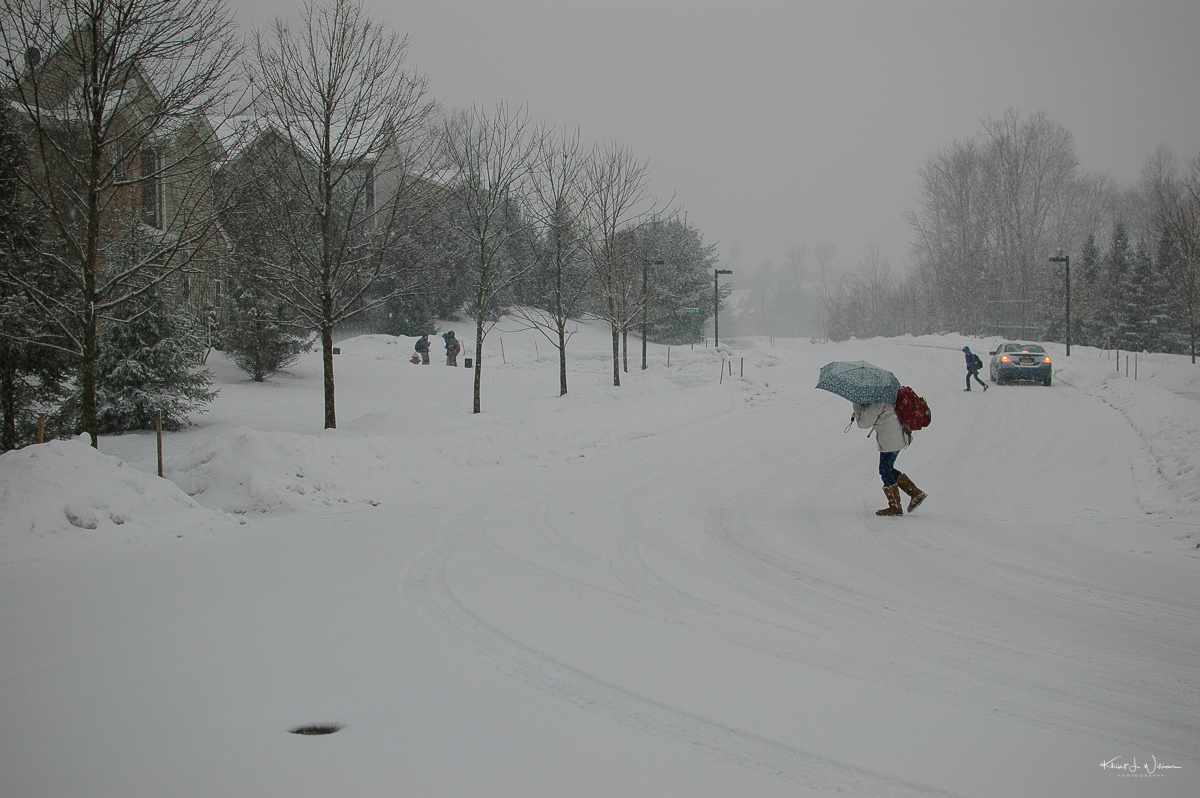
I had thought of using black and white but after playing with the sliders in Adobe Lightroom I realised that I could do more. I created two virtual copies, adjusting the exposure +1 and -1 and merging the three copies into a "fake" HDR image. I then adjusted the sliders some more. The sticks set up to help the snow plough find the edges of the sidewalk were distracting so I spent a lot of time and effort removing them in Adobe Photoshop. I then cropped in.
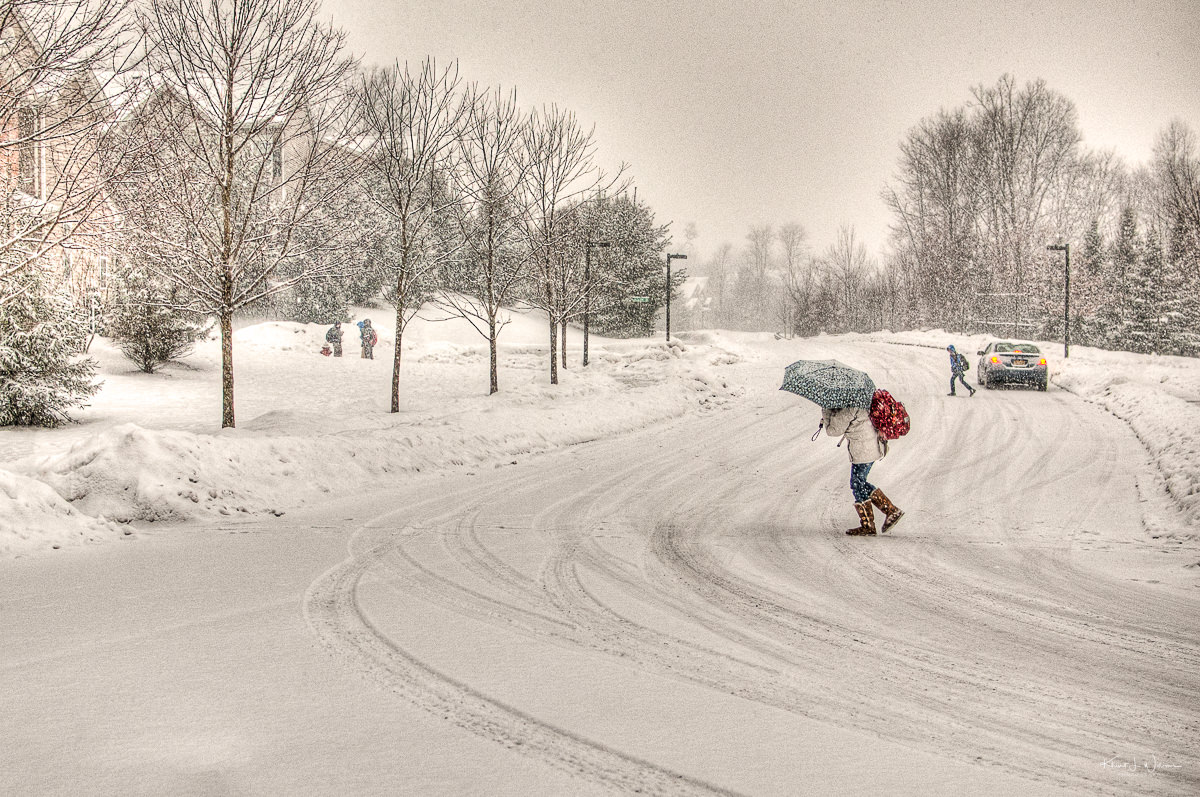
Photographing Warblers can be quite challenging. The small migratory birds like to stay high up in the trees. Even when they come down low, they tend to sit on a branch for the most fleeting of moments. This Cerulean Warbler was challenging to photograph. It always seemed to land in the thick of the leaves and stems. Of the dozen or more frames I captured, this is the best photograph of the set.
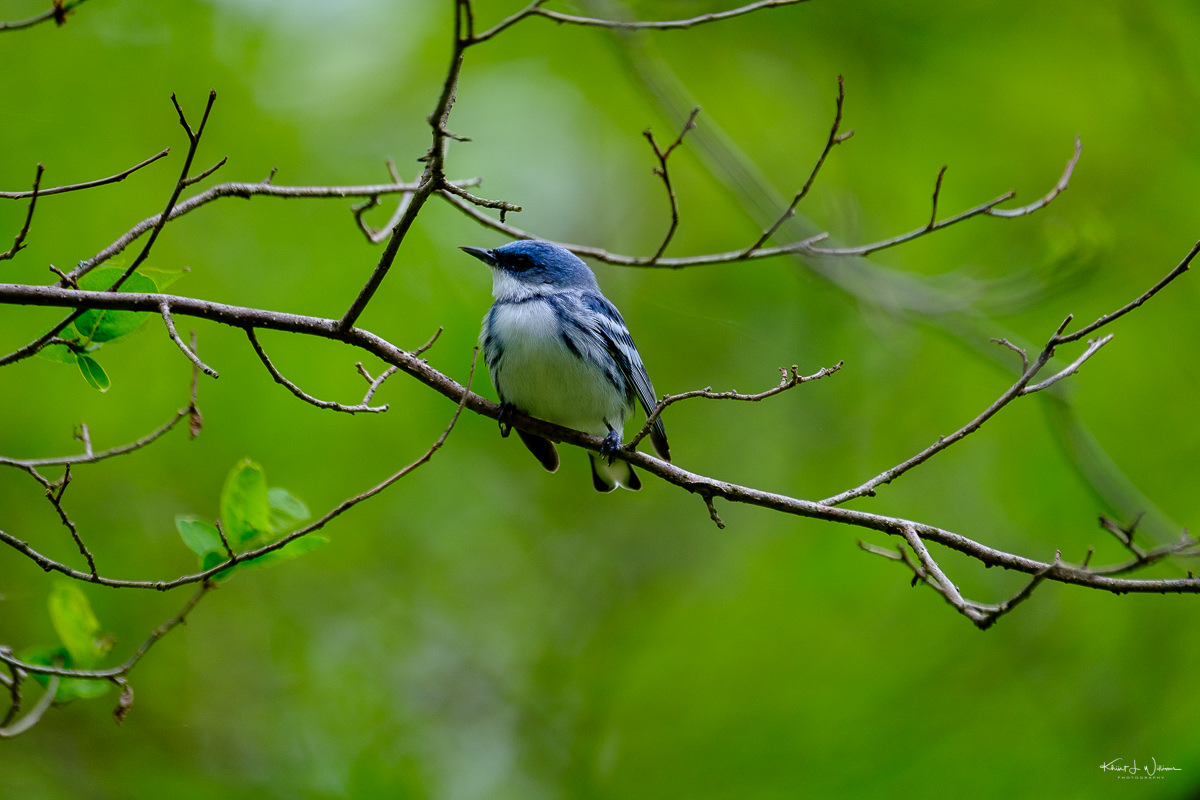
I found the branches above the head too distracting. After some minor edits and one subject masking edit in Adobe Lightroom to adjust the highlights and accentuate the blue, I pulled the image into Adobe Photoshop. The Generative AI tool has become my default tool for removing "distractions" from images. I used the new Generative AI tool to remove the distracting branches.
